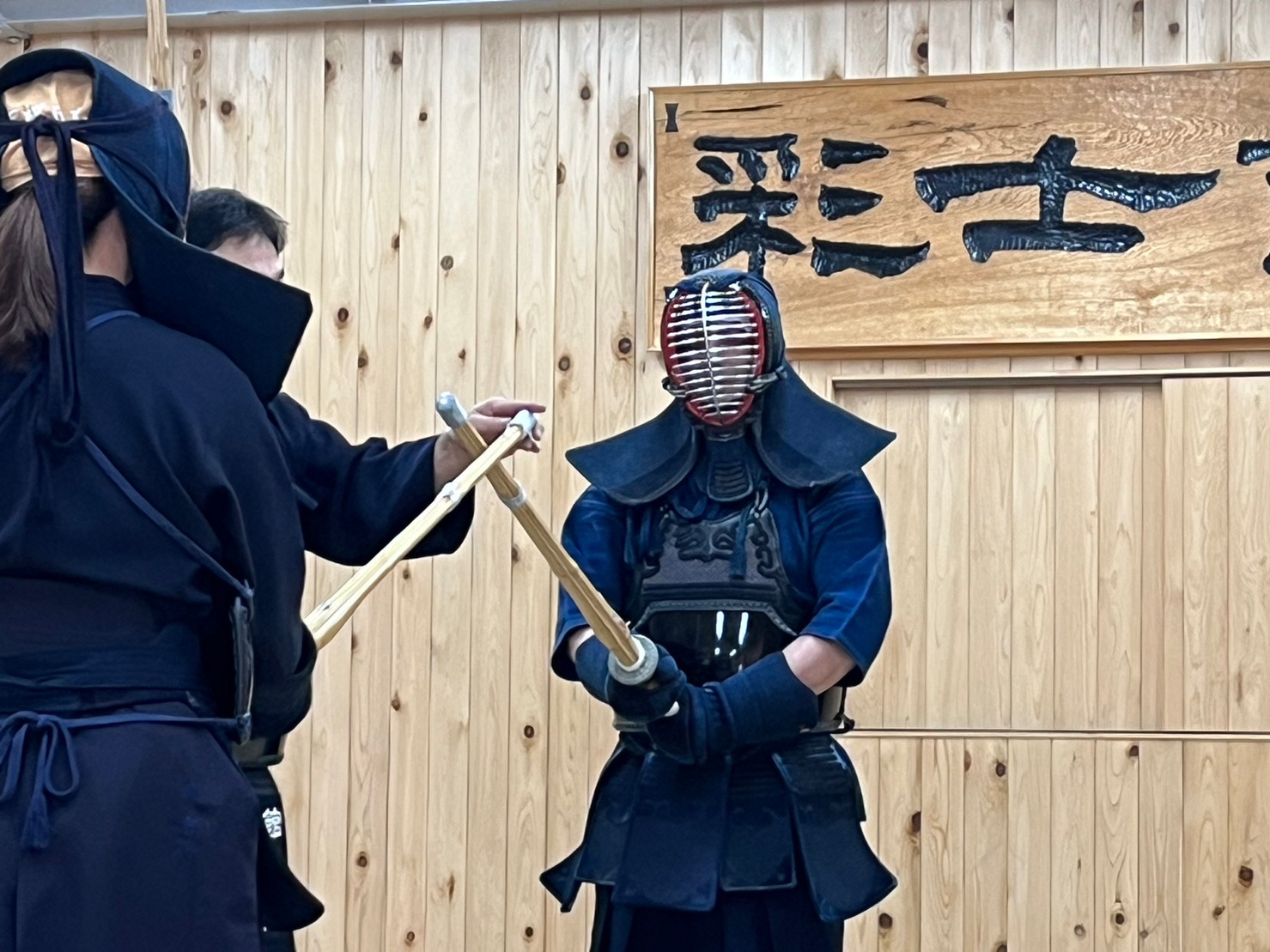Basic stance and swing
The basic posture of holding the shinai when practicing kendo is called “stance. Maintaining a correct kendo stance is the foundation for accurate attack and defense, and ensures safety. It also demonstrates courtesy and effective use of the shinai and embodies the spirit of budo.
Practicing kendo technique and form with the shinai is called “somenuri. It practices precise striking movements and footwork. Sokuri helps improve strength, balance, and movement, and is important for improving technique in preparation for actual matches and practice with the shinai.
Footwork (in martial arts, sports, etc.)
In kendo, the use of the feet, known as “footwork,” is important. Foot movement is the basis of attack and defense, enabling precise positioning and movement. It is also necessary to avoid an opponent’s attack and to launch a precise attack. Footwork creates balance and nimbleness of body movement, and improves the athlete’s mobility. Furthermore, footwork is important to maintain courtesy and etiquette, and demonstrates respect for the opponent during competition and practice.
Basic Strikes (Men, Kote, Do)
In kendo, basic strikes are called “basic strikes” when striking with the “men”, “kote”, and “do”. Basic strikes are important for developing accurate and quick attacking techniques. Mastering basics uchi is the foundation for learning how to use the shinai effectively and to deliver accurate blows to the opponent. This is essential to success in competition, and provides a means to hone techniques for subduing opponents and improving one’s ability to defend oneself. Practicing basic strikes is also a valuable opportunity to embody the spirit and courtesy of the martial arts and to develop the character of the competitor.


